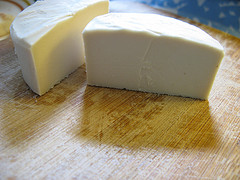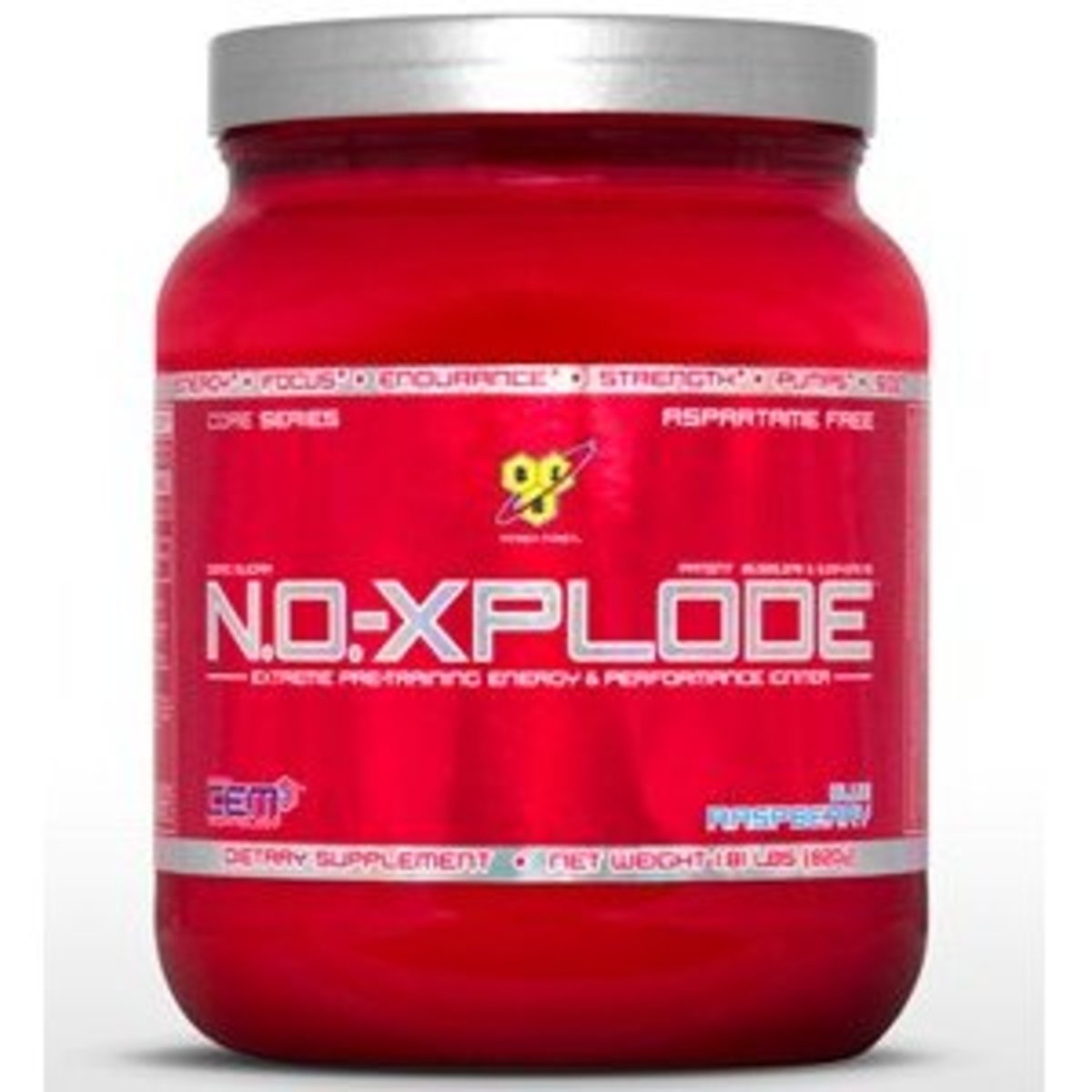WHAT IS CALCIUM, AND WHAT BENEFITS ON IT?
CALCIUM
Calcium gets a lot of attention for the role it plays in the health and strength of bones, and with good reason. The body containes more calcium than any other mineral (about 3 lb. in a 130-lb. adult), and 99 percent of it is stored in bones and teeth. The body uses calcium for much more than bones, however: Muscles, nerves, and hormones all rely on this vital nutrient for proper development and functioning. For all its importance, however, the average adult woman gets only about 33 percent of the calcium she needs, while the average man gets only 75 percent. Fortunately, calcium is found in a surprisingly wide variety of foods.
BENEFITS:
- Aids muscle contractions and heartbeat
- Keeps nerve function healthy
- Protects against bone loss
FAST FACT:
Calcium hinders the body's absorption of iron, yet both minerals are vital to health. If you're taking iron and calcium supplements, don't take them together at the same time of the day.
A MULTI-TASKING MINERAL
Beyond its role in making bones strong and fending off osteoporosis (thinning of bones), calcium helps muscles contract and helps the heart beat properly. It also assists in forming blood clots if you're injured, helps your nervous system transmit messages, and it promotes the storage and release of hormones. What's more, calcium may even protect against a range of health problems, such as high blood pressure, heart disease, kidney stones, and colon cancer. It's easy to get the Daily Value of 1,000 mg. from dairy products and a wide variety of fish, vegetables, beans, and grains.
Cheese

THE CALCIUM-CONSCIOUS DIET
Diary foods such as milk and cheese are deservedly well-known for providing ample amounts of calcium. They supply it in a form that can be absorbed by the body, and they're often fortified with vitamin D, which helps the body, deposit calcium in bones. But dairy products aren't the only sources: Vegetables such as cauliflower, cabbage, brussels sprouts, kale, kohlrabi, brocoli, and turnip greens also provide this vital mineral. Although these foods contain smaller amounts of calcium than dairy products, what they do provide is more easily absorbed by the body than it is from dairy. Not all calcium-containing produce offers high absorption, however. Spinach, chard, and rhubarb also provide high amounts, but in a form that the body has trouble making use of. Another absorbable calcium source is fish with edible bones, such as sardines and canned salmon.
MILK

GETTING MORE CALCIUM
Throughout childhood and early adulthood, bones actively build their calcium stores. After age 30, deposits begin to taper off and bones slowly start to lose calcium, contributing to bone loss and weakening. One of the best ways to work more calcium into your diet is to eat foods prepared with milk. For example, bread-based foods such as pancakes or waffles will provide all of the calcium contained in the milk used to make them. In fact, one large frozen waffle contains 122 mg. of calcium, 12 percent of the Daily Value. You can also use cheese to top main dishes such as chili, spaghetti, or broiled chiken. While it's wise to avoid fatty dairy foods such as butter, cream, and cream cheese, you can substitute low- or nonfat versions.
OTHER SMART SOURCES
To include more nondairy sources of calcium, mix canned salmon into salads, toss green vegetables like kale or brocoli into pasta dishes, or make use of calcium-rich tofu in a stir-fry. Orange juice is now available in calcium-fortified varieties, which contain 300 mg. in an 8-oz glass.
NUTRITIONS FACTS
Good food sources of absorbable calcium include:
FOOD CALCIUM CONTENT AMOUNT ABSORBED
1 CUP MILK 300 mg. 30%
1/2 OZ. Cheedar cheese 306 mg. 30%
1 cup turnip greens 197 mg. 50%
1/2 cup black-eyed peas 105 mg. 20%
1 cup brocoli 94 mg. 50%
FOOD FOR THOUGHT
Children's bodies and bones are rapidly growing, so their need for calcium is even higher than that of adults. Fortunately, the body knows this and automatically boosts calcium absorption in kids to 70 percent-far greater than the 30 percent typical of grownups. Nutritionists recommend giving kids milk as a primary beverage to help ensure that they get enough calcium.









